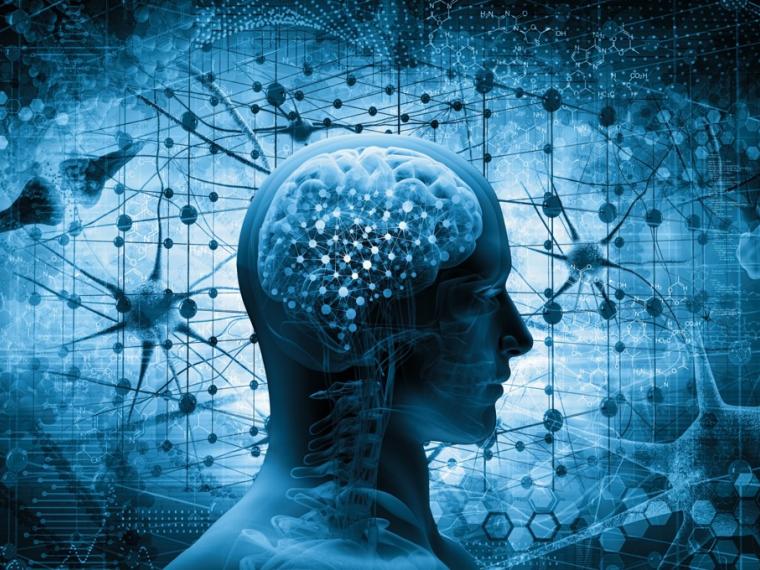The main gene associated with Alzheimer's is cancelled
A new scientific milestone. This is the first time that the APOE4 gene has been studied in human cells.

Pioneering research shows, for the first time, how the best known genetic risk factor for Alzheimer's disease creates certain signals in human brain cells. In addition, scientists have succeeded in correcting the gene and erasing its harmful effects. No doubt a great step forward for science.
The complex role of the apolipoprotein gene (APOE) in Alzheimer's development has been widely studied. We already know, for example, that having one copy of the APOE4 gene variant increases the risk of Alzheimer's by two to three times and having two copies of this genetic variant increases the risk by 12 times.
In combination with fats, APOE creates lipoproteins, which help transport and regulate cholesterol levels in our bloodstream. However, the E4 version of the gene appears to be particularly damaging to the brain, with several studies showing that this genetic variant increases the risk of toxic accumulation of beta-amyloid and tau.
But why does this happen? What makes the E4 variant of this gene much more harmful than other variants?
Researchers at the Gladstone Institutes in San Francisco, California (USA) wanted to find out; more specifically, the researchers wanted to locate and understand the difference, though crucial, between the E3 and E4 variants that makes the APOE4 gene so devastating.
"If the damage is caused by the loss of a protein's function, you'll want to increase protein levels to supplement those functions. But if the accumulation of a protein leads to a toxic function, you'll want to reduce the production of the protein to block its harmful effect," Yadong Huang, leader of the paper, explains to Nature Medicine.
To find out, researchers modeled the disease on human cells and examined the effect of APOE4 on human brain cells for the first time. Huang explains why changing the disease model was, in itself, a major step in Alzheimer's research.
"Many drugs work beautifully in mice, but so far they have all failed in clinical trials. One concern in the field has been how poorly these mouse models mimic human disease," Huang says.
Differences between mice and humans
By applying stem cell technology to skin cells from people with Alzheimer's who had two copies of the APOE4 gene, experts created neurons; also using skin cells from people without Alzheimer's who had two copies of the APOE3 gene.
Scientists discovered that in human brain cells, the APOE4 protein has a "pathogenic conformation", which means it has an abnormal shape that prevents it from working properly, leading to a number of problems that cause disease.
Importantly, they also found that APOE4 increased beta-amyloid production in humans, but not in rodent neurons.
"There is a significant difference between the species in the effect of APOE4 on beta-amyloid," says Chengzhong Wang, co-author of the study.
"The increased production of beta-amyloid is not seen in mouse neurons and may explain some of the discrepancies between mice and humans regarding the drug's effectiveness. This will be very important information for future drug development.
Congratulations @interesting4u! You have completed some achievement on Steemit and have been rewarded with new badge(s) :
Click on any badge to view your own Board of Honor on SteemitBoard.
For more information about SteemitBoard, click here
If you no longer want to receive notifications, reply to this comment with the word
STOPHey, just wanted to let you know I gave you an upvote because I appreciate your content! =D See you around
Thx! Here you are!